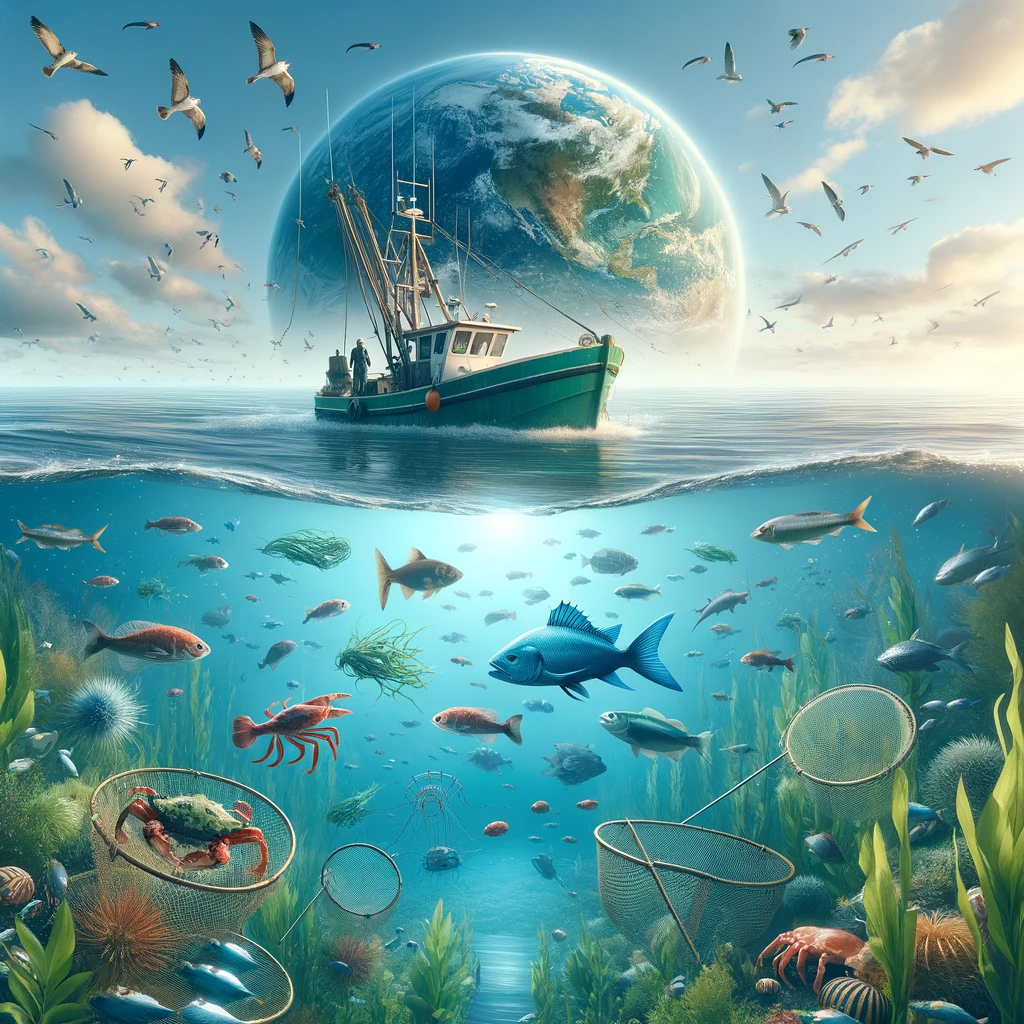Introduction
In today’s world, consumers are becoming increasingly conscious of the environmental impact of their food choices. This shift in awareness has led to a growing demand for sustainable and ethically sourced ingredients, especially in the realm of seafood. As a responsible consumer, it’s important to understand the art of sourcing sustainable seafood ingredients. In this article, we’ll explore the key factors and strategies to help you make informed choices while maintaining a focus on the environment and your palate.
1. Understanding Sustainable Seafood: To embark on the journey of sourcing sustainable seafood ingredients, you must first grasp the concept of sustainability. Sustainable seafood is harvested or farmed in a way that minimizes harm to the environment and maintains the long-term health of the species and its habitat.
2. Check for Certification: When shopping for seafood ingredients, look for certifications from reputable organizations like the Marine Stewardship Council (MSC) or the Aquaculture Stewardship Council (ASC). These labels indicate that the product meets specific sustainability standards.
3. Know Your Sources: Get to know your seafood suppliers. Research their practices and inquire about the source of their seafood. Local, small-scale fisheries often have a lower environmental impact compared to industrial operations.
4. Seasonal Selection: Opt for seafood that is in season. Seasonal seafood tends to be more abundant and requires fewer resources for production and transportation, reducing its carbon footprint.
5. Avoid Overfished Species: Be aware of overfished species and choose alternatives. Websites and apps like Seafood Watch can provide you with up-to-date information on which species to avoid and which are sustainable choices.
6. Diversify Your Choices: Explore a variety of seafood options. By diversifying your choices, you reduce the pressure on popular, overfished species and encourage responsible fishing practices.
7. Support Sustainable Aquaculture: Sustainable aquaculture can be an excellent source of seafood ingredients. Look for aquaculture operations that prioritize responsible practices, such as minimizing water pollution and antibiotic use.
8. Traceability Matters: Demand transparency from your suppliers. A reliable supply chain with traceable seafood ingredients ensures accountability and promotes sustainability.
9. Reduce Food Waste: Make an effort to reduce food waste by utilizing the entire seafood ingredient. Explore recipes that use fish heads, bones, and trimmings to minimize waste.
10. Advocate for Change: Share your knowledge and passion for sustainable seafood with friends and family. As consumers, our collective choices can influence the seafood industry and drive positive change.
Conclusion
Sourcing sustainable seafood ingredients is an art that combines knowledge, awareness, and conscious choices. By understanding the principles of sustainability, seeking certified products, and supporting responsible suppliers, you can make a significant impact on the health of our oceans while indulging in delicious and guilt-free seafood creations. Join the movement for a more sustainable future, one ingredient at a time.
